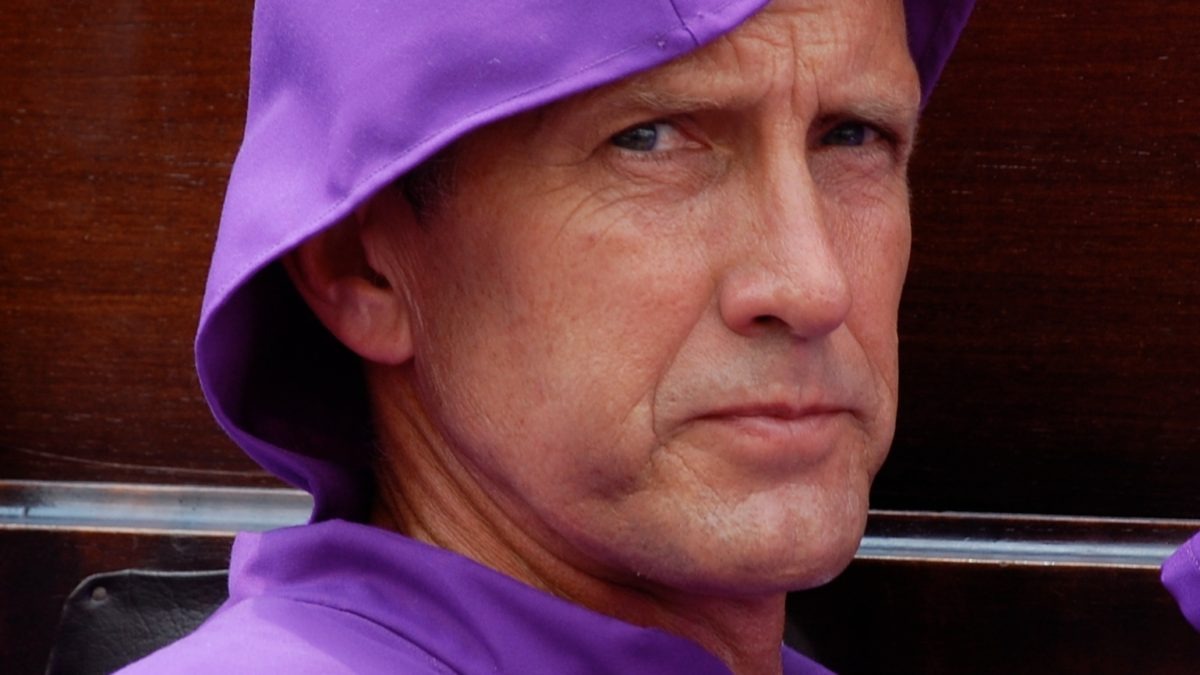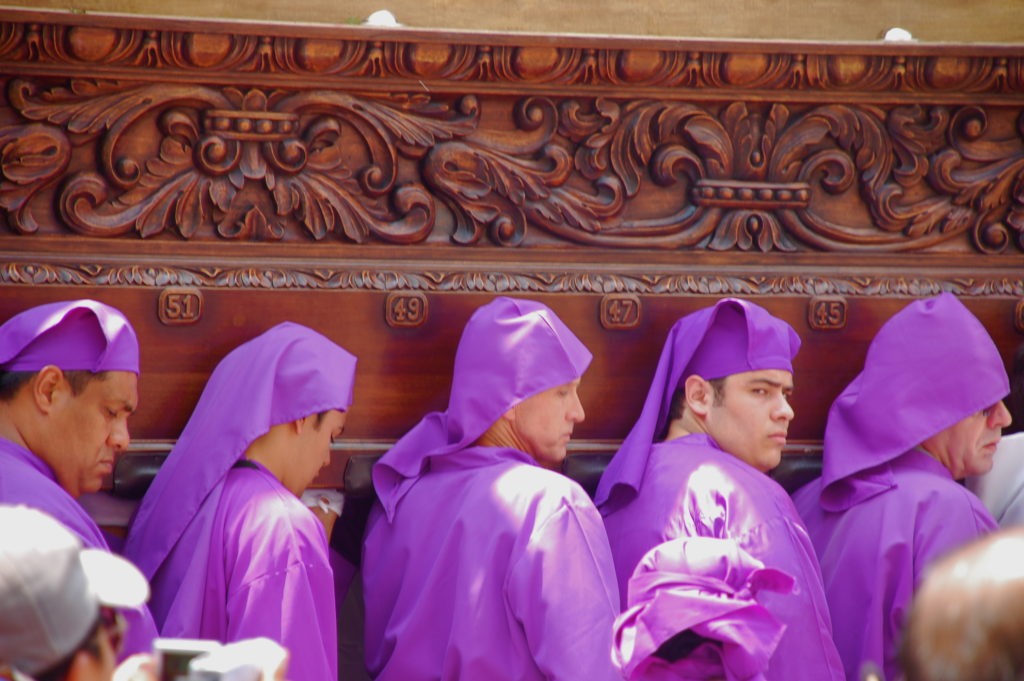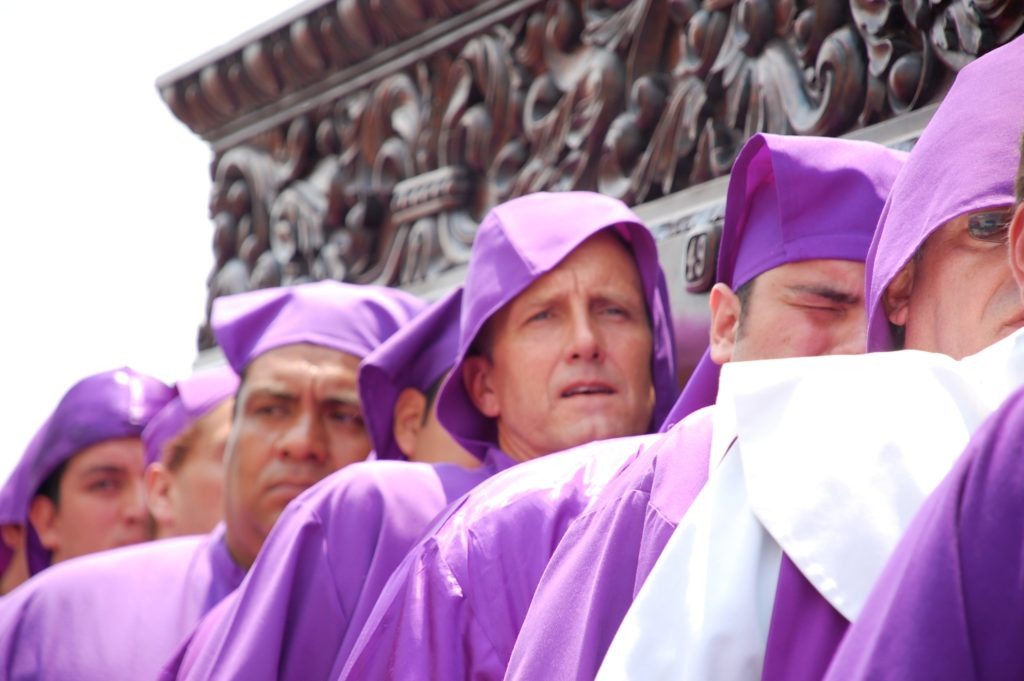What is a Cucurucho?
“First of all, the outfits were worn by pilgrims on the road to Rome and Santiago de Compostela in the 12th century. Then they were introduced to Guatemala around 1550 by the Spanish conquistadors, and have changed very little today. During Lent, the outfit is completely purple. On Maundy Thursday, a white cape is worn, and on Good Friday the costumes are black.
The “cucuruchos” take turns carrying the heavy floats, some of which are as long as a bus, through the streets of Antigua. Their labour is a sign of penitence and devotion to the Catholic faith.”
The Gringo Cucurucho- An interview with Mr Chris Eaton
“For me, the most meaningful part of it was, for that one day, I was part of this event that has so much history – that has been around for so long and has involved so many people.”
So, last year you participated in one of the processions during Semana Santa?
Yes, the procession on Holy Thursday from Iglesia San Francisco.
Why did you decide to participate?
I was invited to participate by a friend here in town – Jorge De la Cruz. He suggested that we do it together with a couple of other friends because we’re all tall, and if you’re tall, you get to carry the anda out of the church, which is a big deal.
And, the reason why is because they organize the people who are carrying in the processions by height, right?
Yes, that’s correct. Everyone is organized by height and the tallest begin. So, a couple of my friends and I joined Jorge. We went to Iglesia San Francisco to sign up and we paid a fee to the church; I believe I paid Q50.
How far in advance was that?
Oh, not more than two weeks before.
So, if someone is interested in participating this year, they can go to the church just a couple weeks before?
Yes. As a matter of fact, I had a couple of friends visiting for Holy Week and when they arrived one of them asked if he could do it, too. He ran over and signed up the day before, on Holy Wednesday. For him it was a big deal because he’s a very committed catholic. So, it’s possible to sign up at the very last minute.
Do you have to be catholic?
No one asked, and I’m not. I think you have to be respectful of what’s going on and not be laughing or chewing bubblegum or carrying a bottle of beer with you if you’re going to participate. It’s not just a cultural event, but also a religious event that you want to have respect for.
What about the outfit? How did you know what to wear?
You can get that information when you sign up, but generally speaking, you’ll be wearing purple until Good Friday afternoon and then black.
Did you go to any particular place to have your tunic made?
There are plenty of places around town and they also know the specification of the outfit you’ll need. I think I only paid Q200 or Q300 for the outfit, but considering how much people spend to come and see the event, and how significant it is, and how world famous it is, the fact that I could participate for Q50, to the church, and then maybe a few hundred quetzales for the outfit, was well worth it.
When do they measure your height?
When we went to sign up they did a preliminary measurement, but no one trusts those measurements. The height measurements really have to be accurate because if one person is very tall and everyone else is much shorter then much of the weight of that two thousand pound anda falls on your shoulders. So, on Thursday morning, I had to be at the church early, just to kind of check in. We all gathered in the courtyard, and then about two hours before the procession was going to start, they did the measurements again for those of us that were in the first group of carriers. Everyone stands very straight; I’m sure there is some padding in the shoes because for many people it’s an honor to carry the anda out of the church. Then, they give you your number and you hope that you’re in the first group.
How tall are you?
6’ 2” and I had two friends with me that are about the same height. I thought it was a lock, but actually there were seventeen people taller than me.
Then what happened?
Almost immediately you’re rushed into the church and you begin to move the anda out of the church. There’s not a lot of training. I mean pretty much everyone knows what they’re doing because they’ve done it for years, since they were children. They’re probably members of that church, or somehow affiliated with that church. We were a bit of an oddity. Certainly, we weren’t the first or only foreigners to do it, but there weren’t that many foreigners. There’s also a bit of nervousness because your friends aren’t right next to you and go into the church and it is filled with devotees. I’ve been here for many Semana Santas, but I had never been inside the church when the anda left.
Is it as heavy as it looks?
Yes, it’s extremely heavy. And, it is very difficult. I have a lot more respect for the people who do this because not only are you carrying, but you also need to navigate the situation, to pay attention to your movements.
I’ve noticed there is a kind of sway in the way the cucuruchos move.
Yes, and you have to stay with the group and do what everyone else does. And then when you begin to walk through the alfombras, you have to be very careful not to trip. For example, if you step on a watermelon, it’s problematic (laughter).
How are the cobblestones?
You have to be very aware of where you’re stepping, but you’re not going quickly; you’re moving very slowly. If you trip the thing’s not collapsing, but if you trip, it’s not going to be fun because you’re falling on your face.
Do you carry more than once?
Yeah, maybe two or three times depending on the number of participants. Your turno tells you when you need to come back. After our first turn, we went out and had lunch and then we had to be back at a certain place at three o’clock. We watched for the anda to come closer and then waited in the street to switch off. I was very nervous about switching off because I didn’t know how it worked, but it’s seamless. It just happens. Then, just by the luck of the draw, our group ended up being the one that took the anda back into the church. Taking it back into the church takes much longer than taking it out of the church. We met the anda at the entrance and by this point it was 10:30 PM and the procession had been going on for ten hours and the church was packed. It was filled with people and very dramatic.
If someone else were interested in participating, what advice would you give?
It’s really easy to do, and if you’re willing to respect the process and have regard for the significance of it, then I would highly recommend doing it. And, if you’re religious, I think it can be profoundly meaningful to you. It’s a great experience and helps you have insight into a great tradition. It allows you to be part of the experience, and turns you from a mere observer of Semana Santa into a participant, and you feel this kind of camaraderie. I found the Guatemalans very welcoming to those who wanted to participate. I would recommend doing it with someone you know who’s about the same height so you can do it together. And, women and children can do it as well. It’s a minimal cost and a fundraiser for the church. The outfits are easy to get. What’s bad is if people don’t show up, because if they don’t show up, you have to keep carrying until someone shows up to relieve you, which happened to me – I had to carry for two blocks. So, it is a commitment of one day. Also, the anda is extremely heavy; you do feel it on your shoulders.
Now, a cucurucho told me during my first Semana Santa in Antigua that the more sins you’ve committed over the past year the heavier the anda will feel.
That could explain why it was so heavy (laughter).
What was the most memorable part of the experience?
The most impressive thing was how organized it was. The organization is amazing. It takes an incredible amount of planning to pull this off – you don’t really understand unless you’re on the inside. That was the most impressive thing. But for me, the most meaningful part of it was, for that one day, I was part of this event that has so much history – that has been around for so long and has involved so many people. To be part of something so significant was very meaningful. And, to be part of all the different events that foreigners aren’t typically involved in on that day.
To be in front of the camera instead of behind it?
Yeah. I feel bad for the people who thought they were going to capture their National Geographic photo and have this big, tall gringo in it, which totally blew their prize-winning photograph. That wasn’t what they were looking for.
I’ve heard Guatemalans refer to the overwhelming feeling they get from participating in the processions.
Yes, for people who are religious – for many, many people that’s true. I met Guatemalans who fly back just to be in these processions because it is very meaningful and profound for their faith.
Do you plan on doing it again?
I will do it again at some point, yeah. I was in my robe for most of the day, and it was fun walking around being a cucurucho for the day. It felt very different the next day when I went out to see the procession on Good Friday in normal street clothes; you don’t feel quite as part of the experience.
Interview by Keri Peyton
Photos by Courtney Crummett




